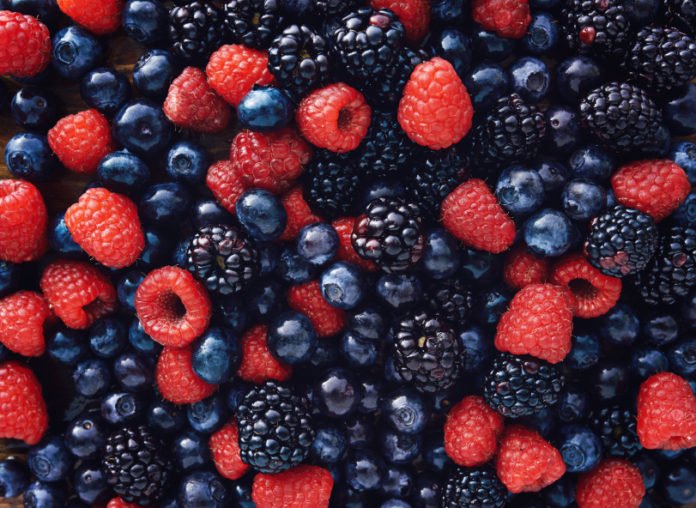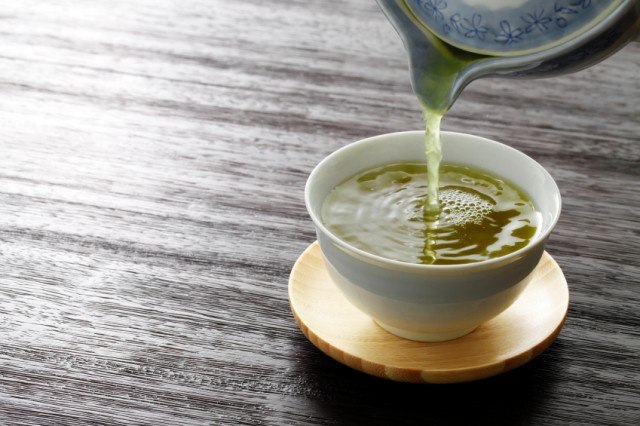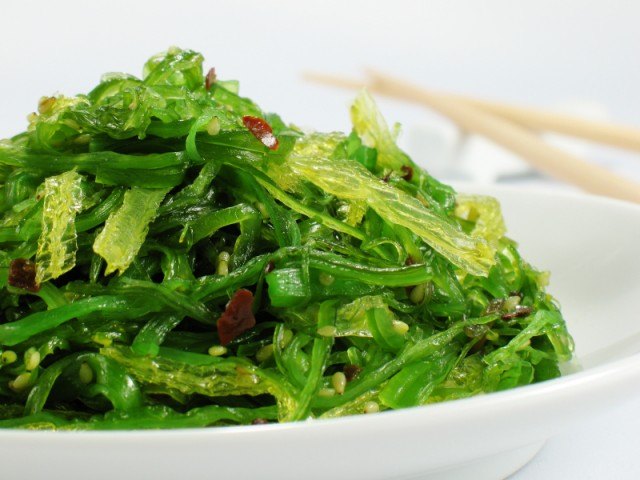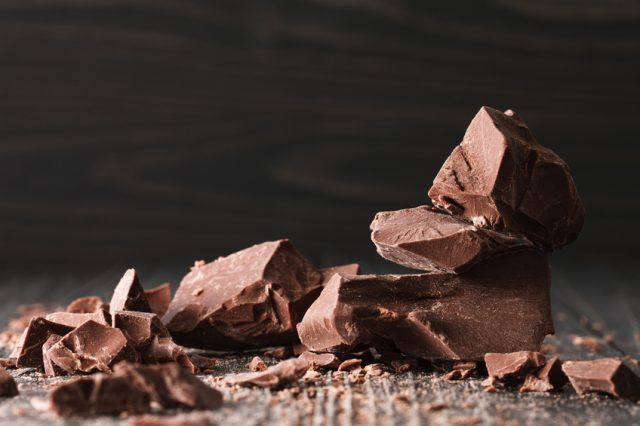Ask anyone about his or her life goals and living a long and healthy life is bound to make the list. According to the Centers for Disease Control and Prevention (CDC), the average American can expect to live just shy of 80 years. That’s certainly longer than it once was, but certain cultures have us creamed in the longevity department.
Starting in 2004, Dan Buettner, a researcher specializing in longevity, teamed up with National Geographic to search the world to find which cultures lived the oldest age. The team eventually narrowed it down to five geographic areas: Ikaria, Greece; Loma Linda, Calif.; Sardinia, Italy; Okinawa, Japan; and Nicoya, Costa Rica. After writing a number of books on the topic, Buettner penned 2015’s The Blue Zones Solution in order to help us translate these cultures’ nutrition and wellness secrets to our own lives.
Though physical activity is part of the picture, food plays an undeniably huge role. None of these areas share an identical diet, but there’s definitely some overlap. Generally speaking, meat is kept to a minimum while produce reigns supreme. Start eating your way to 100 by including these 10 foods in your diet.
1. Fish
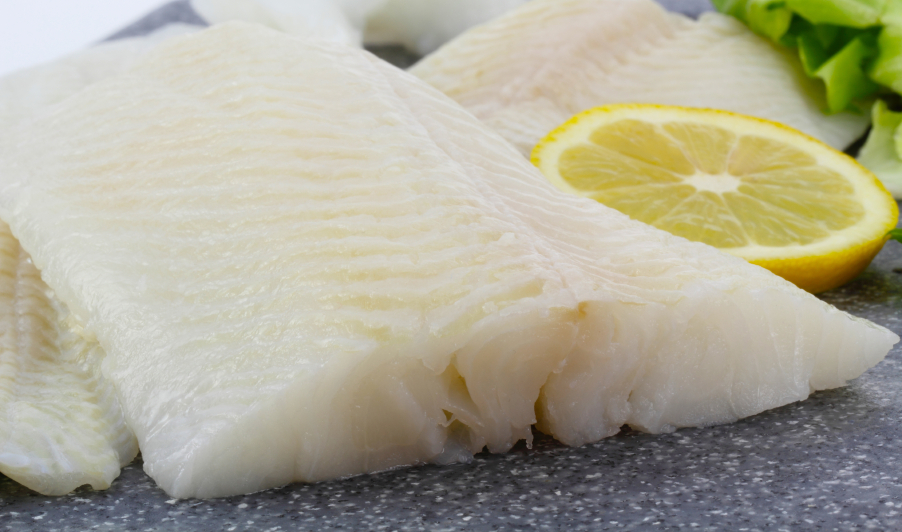
This isn’t just another advertisement for salmon, although it is a nutritious fish. The thing is, heart-healthy omega-3 fatty acids are abundant in a ton of different seafood varieties. According to Reader’s Digest, mackerel, lake trout, herring, and bluefin tuna all contain higher concentrations of good-for-you fat.
And omega-3s aren’t the only reason to be chowing down on seafood. It’s a lean source of protein, which can be great both for losing weight and maintaining your current physique. What’s more, eating fish seems to lead to overall healthier life. A 2015 meta-analysis found eating fish daily is linked to a reduced risk of death by any cause.
2. Olive oil
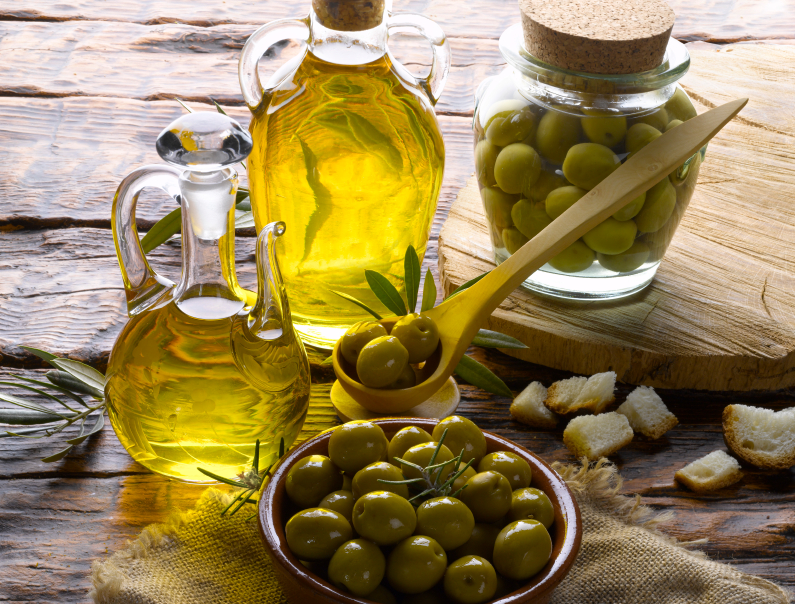
There’s no need to fear fat when you’re getting it from the right sources. While the debate over the risk of consuming saturated fats rages on, no one is doubting the health benefits you can score from monounsaturated and polyunsaturated fats. These nutrients have been linked to a reduced risk of heart disease again and again, and olive oil happens to be a phenomenal source of monounsaturated fat. A 2014 study found a diet including olive oil was more effective at reducing the risk of heart disease than a low-fat one.
3. Berries
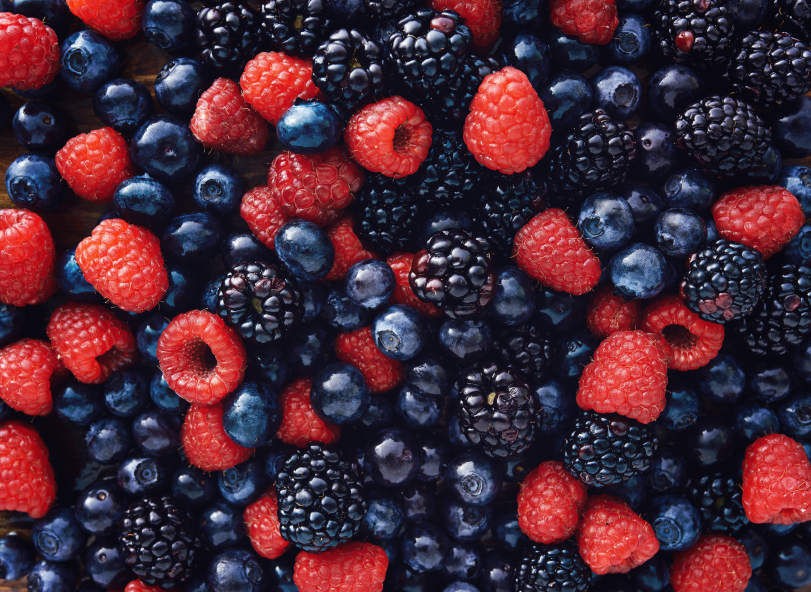
Anyone with a sweet tooth is going to have difficulty cutting out all sugar from their diet, so fruit is a fantastic choice to feed your craving. Any fruit is good, but berries are among the best. They naturally contain lower levels of sugar than most fruits, plus they’re filled with fiber and taste delicious.
We also have to talk about antioxidants. Health gurus everywhere practically ran from their beloved berries when Nature published a study in late 2015 that found antioxidant supplementation may spur melanoma cancer cells to spread faster. The important thing to note, though, is these mice were treated with an antioxidant injection, not fed fruit. The research focused on eating the whole berries continues to suggest they can reduce the risk of cancer.
4. Avocado
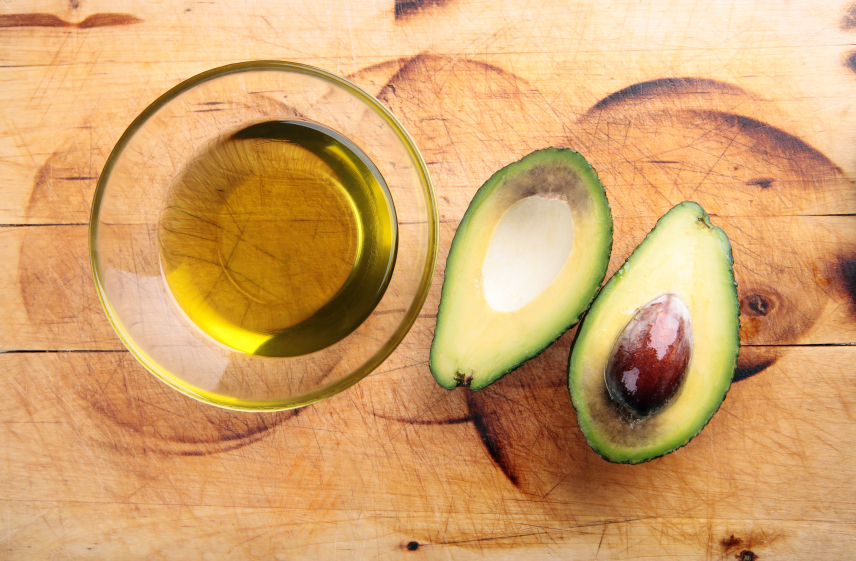
Like olive oil, avocado delivers a whopping dose of monounsaturated fat. According to the USDA’s nutrient database, eating half of one avocado will provide you with nearly 10 grams of this vital nutrient. And the good news doesn’t end there for this creamy fruit. Regularly eating avocado can boost nutrient absorption, support good eye health, and even contribute to weight loss.
5. Garlic
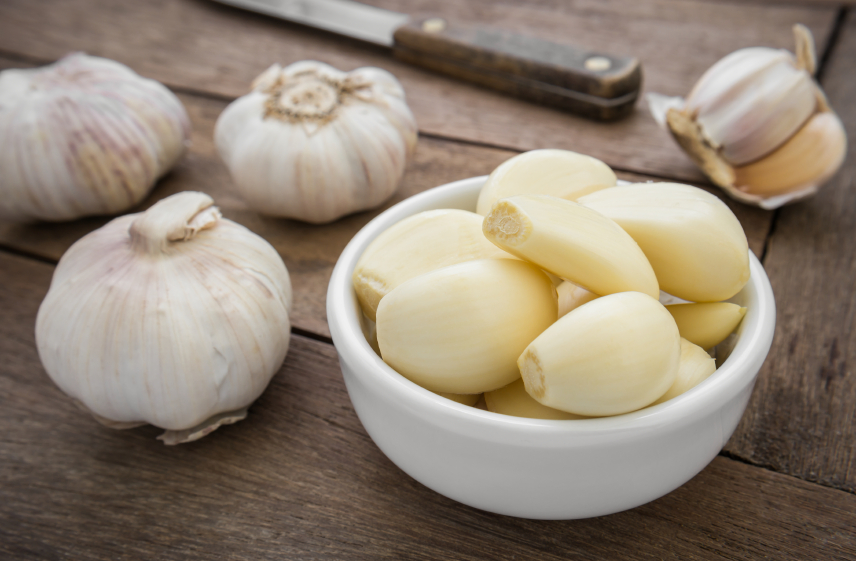
This pungent member of the allium family is good for a lot more than adding a flavor boost to your favorite foods. It’s brimming with nutrients that can do everything from boosting your immune system to reducing your risk of colorectal cancer. It’s also a nearly calorie-free way to punch up your cooking.
If you aren’t in a huge rush, consider letting your garlic sit for a while after chopping before you cook with it. Eating Well explained letting the cut cloves sit before cooking helps the anticancer compounds develop. Just don’t ever buy the pre-minced stuff, the flavor is severely lacking and it’s usually swimming with preservatives.
6. Nuts
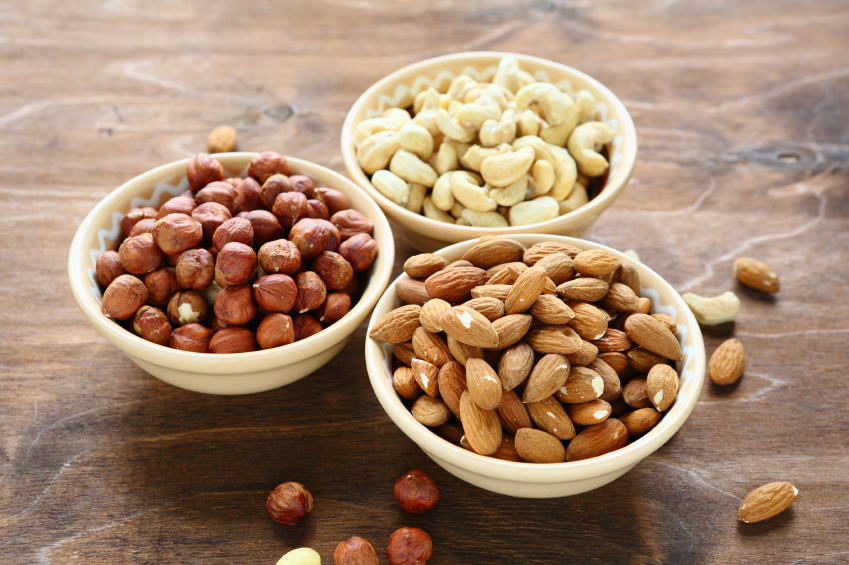
With an all-star combination of healthy fats, protein, and fiber, nuts are some of the smartest foods you can eat. We mean that literally. A recent study published in the Journal of Nutrition and Health Aging took a close look at how nut consumption can impact cognitive function later in life. The study found elderly women who consumed at least five servings of nuts per week performed better on cognitive tests than those who didn’t share the snacking strategy.
The only caveat with nuts is the calorie count, so you have to watch your portion size. The best way to keep yourself from going overboard is to measure out the proper amount before you start munching. Or skip the snacking strategy and add a sprinkle to your favorite salad.
7. Whole grains
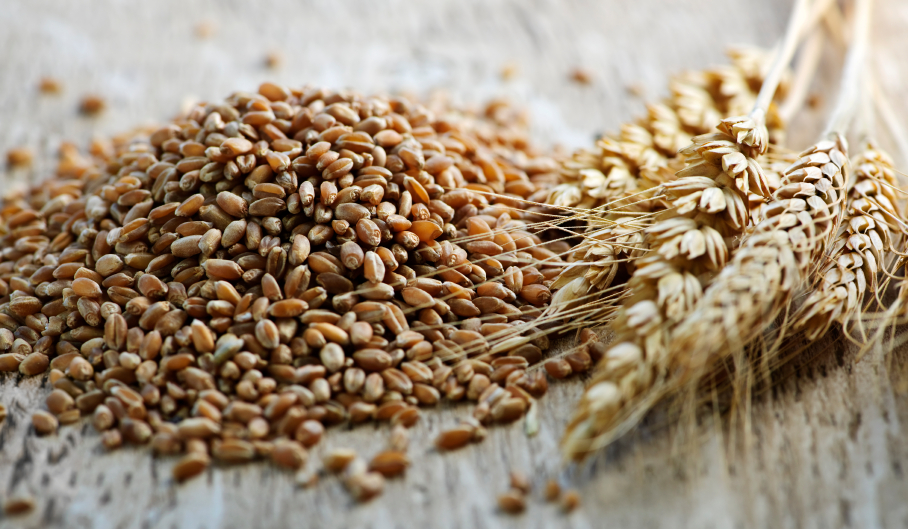
Many people cut out carbohydrates when trying to eat healthier, but it’s not necessarily the best idea. The exact type of carbohydrate is more important, and whole grains are some of the healthiest you can choose. They’re filled with important nutrients, particularly fiber. New research is suggesting the reason obesity has become such a huge problem is that the lack of fiber negatively affects the bacteria in our intestines. Time explained fiber helps feed these microbes. Without this nutrient, the microbes don’t act as they should and may contribute to obesity and other health issues.
8. Green tea
Tea comes with a wealth of benefits, and green tea in particular has tons of antioxidants that can help ward off cardiovascular disease, boost metabolism, and improve brain function. One study showed those who regularly drank green tea were much less likely to die due to cardiovascular disease. Additionally, if you’re drinking matcha green tea, you’re getting an extra antioxidant boost that may help you fight cancer. Matcha contains epigallocatechin gallate, a type of crystalline compound that’s believed to be anti-carcinogenic. While all green teas have this compound, matcha may have as much as 137 times more than other varieties.
9. Seaweed
It may not be the first item on your grocery list, but seaweed is amazingly healthy and a trendy superfood you should consider adding to your meals. While seaweed contains vitamins A and C, most of us will not eat enough of this food to get any significant boost from these vitamins. The real power of seaweed lies in its iodine content, explains Greatist. Iodine keeps the thyroid healthy, which will help manage hormone levels. Make sure to eat your seaweed in moderation, though, as too much iodine can have its own negative side effects.
There’s also research to suggest seaweed can help regulate levels of estrogen and estradiol — two vital hormones responsible for keeping the sexual organs functioning properly. Because of this, some medical professionals think those who consume seaweed may have a lower risk of breast cancer.
10. Dark chocolate
Good news for chocolate lovers — if dark chocolate is your go-to dessert, then you may be helping yourself live longer. Men’s Fitness explains eating dark chocolate can give your brain a boost and increase your alertness for a few hours after consumption. Dark chocolate also helps reduce inflammation, particularly within cardiovascular tissue. This anti-inflammatory effect can reduce the risk of developing a stroke in the long run, too.
Research from the Journal of the American Medical Association found cocoa can reduce blood pressure, which reduces the risk of heart disease. Need another reason to munch on your favorite candy bar? Researchers have also found dark chocolate can improve your mood. You won’t get the same benefits with milk chocolate, though — the darker the chocolate, the better.

